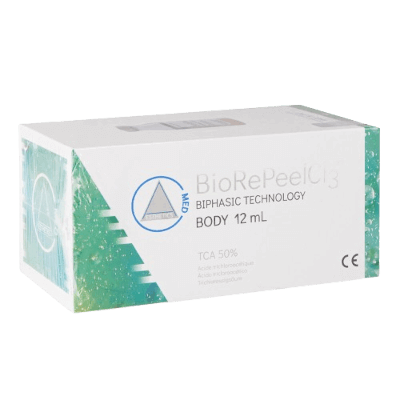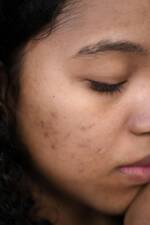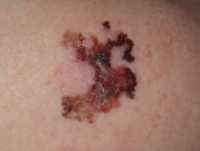Dermatology / 20.08.2024
The Science Behind Reducing Dark Spots: A Guide to Understanding Dark Spots and Hyperpigmentation
Dark spots, also known as hyperpigmentation, can be pretty distressing and are often caused by factors such as prolonged sun exposure, aging, hormonal changes, and inflammation. Melanin, the pigment responsible for skin tone, is overproduced in response to solar radiation and subsequently aggregates to form dark patches. Similarly, hormonal changes, particularly during pregnancy or due to oral contraceptives, can trigger melanin overproduction. Inflammatory responses, such as those from acne or eczema, also contribute to dark spots. One product to explore for reducing dark spots is Gundry MD Dark Spot Diminisher. You can learn more about Gundry MD Dark Spot Diminisher Reviews for insight into how it may help reduce dark spots.
(more…)










 Eczema, also known as atopic dermatitis, is a chronic skin condition characterized by dry, itchy, and inflamed skin. While there are various treatments available, many people turn to home remedies to manage their symptoms. In this article, several natural remedies for eczema are explored, some remedies that should be avoided are discussed and tips for treating eczema in babies and children are identified.
Eczema, also known as atopic dermatitis, is a chronic skin condition characterized by dry, itchy, and inflamed skin. While there are various treatments available, many people turn to home remedies to manage their symptoms. In this article, several natural remedies for eczema are explored, some remedies that should be avoided are discussed and tips for treating eczema in babies and children are identified.





 According to the
According to the 














